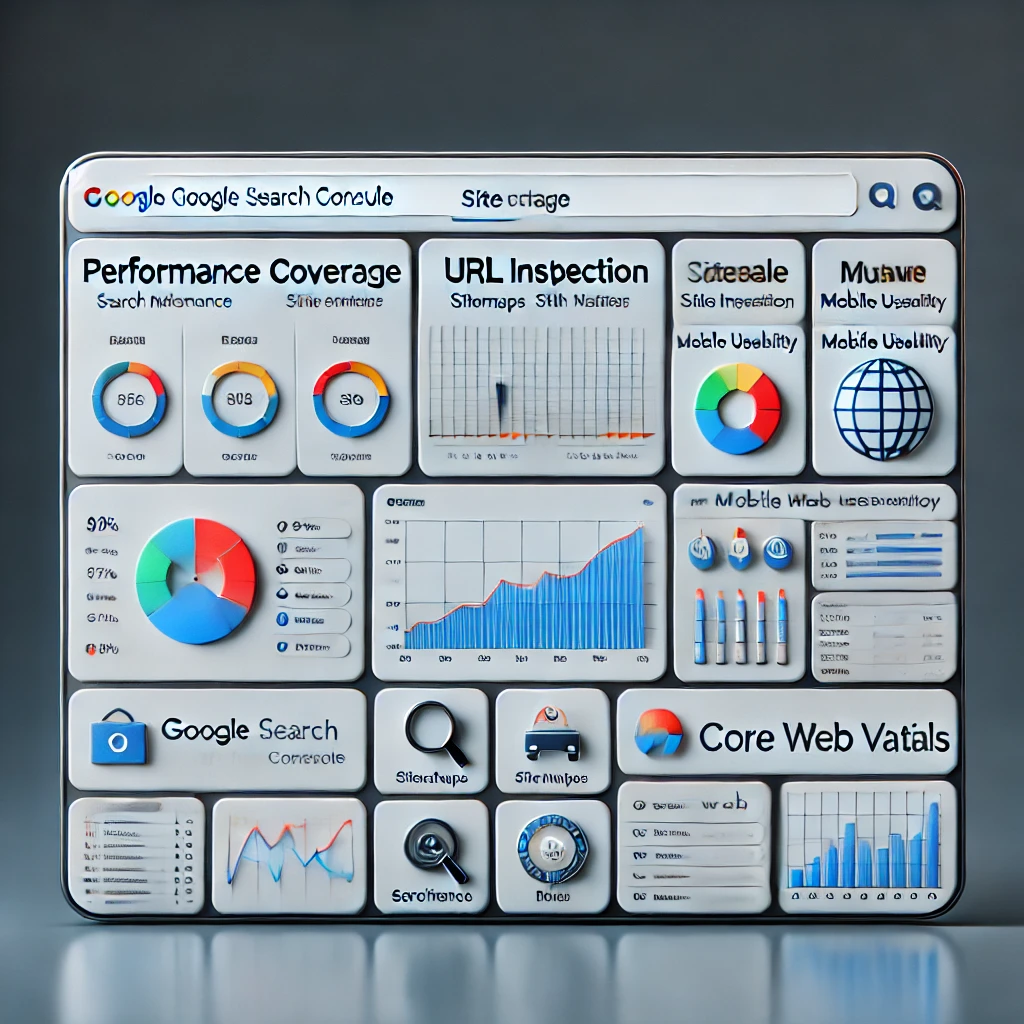Google Ads vs. Facebook Ads: Which Platform Is Right for Your Business?
In the competitive digital marketing landscape, choosing the right advertising platform can significantly impact your business’s success. Among the most popular options are Google Ads and Facebook Ads, each offering unique features, benefits, and strategies. Deciding which platform suits your business depends on your objectives, target audience, budget, and industry. Below, we’ll explore the key differences, strengths, and scenarios where each platform excels, helping you make an informed decision.
Overview of Google Ads
Google Ads (formerly Google AdWords) is a pay-per-click (PPC) platform that allows advertisers to display ads on Google’s search engine results pages (SERPs), YouTube, and its Display Network. Google Ads primarily focuses on intent-driven advertising—showing ads to users actively searching for specific products, services, or information.
Key Features of Google Ads:
- Search Ads: Appear on SERPs when users type in relevant keywords.
- Display Ads: Visual banner ads shown across websites in Google’s network.
- Shopping Ads: Ideal for e-commerce businesses, showcasing product images, prices, and details.
- YouTube Ads: Video ads displayed before, during, or after YouTube content.
- Retargeting: Re-engage users who’ve interacted with your site or app.
Strengths of Google Ads:
- Intent-Driven Targeting: Reach users when they’re actively searching for what you offer.
- Massive Reach: Google processes over 8.5 billion searches per day.
- Highly Measurable Results: Detailed performance tracking through Google Analytics.
- Flexible Budgeting: Set daily or campaign-level budgets to control costs.
- Diverse Ad Formats: Search, video, shopping, and display ads.
Limitations of Google Ads:
- Costly Competitive Keywords: High competition can lead to expensive cost-per-click (CPC).
- Learning Curve: Requires understanding of bidding strategies, keyword research, and analytics.
- Limited Visual Appeal: Text-based ads may lack visual impact compared to other platforms.
Overview of Facebook Ads
Facebook Ads, part of Meta’s advertising ecosystem, focuses on social media-based advertising across platforms like Facebook, Instagram, Messenger, and Audience Network. Facebook Ads are ideal for building brand awareness, engaging audiences, and driving conversions through visually appealing and interactive content.
Key Features of Facebook Ads:
- Custom Audiences: Target users based on demographics, interests, behaviors, and connections.
- Lookalike Audiences: Reach new users similar to your existing customers.
- Ad Formats: Image ads, video ads, carousel ads, stories, and more.
- In-App Shopping: Seamless e-commerce experiences through Shops.
- Retargeting: Reconnect with website visitors or app users.
Strengths of Facebook Ads:
- Advanced Audience Targeting: Leverage detailed user data for precise targeting.
- Visual Appeal: Creative, engaging ad formats capture attention.
- Cost-Effective: Lower CPC compared to some Google Ads campaigns.
- Social Engagement: Encourage likes, shares, and comments to boost reach.
- Cross-Platform Reach: Advertise on Facebook, Instagram, and more.
Limitations of Facebook Ads:
- Intent vs. Interest: Users may not be actively looking to buy when they see your ad.
- Ad Fatigue: Frequent exposure to the same audience can reduce effectiveness.
- Privacy Challenges: Recent updates (e.g., iOS 14) limit tracking and targeting accuracy.
- Learning Curve: Requires creative skills and understanding of Facebook’s ad manager.
Key Differences Between Google Ads and Facebook Ads
1. Targeting Approach
- Google Ads focuses on keyword-based targeting, reaching users who are searching for specific solutions.
- Facebook Ads emphasizes audience-based targeting, using demographics, interests, and behaviors.
2. Ad Formats
- Google Ads: Text ads, shopping ads, and video ads (on YouTube).
- Facebook Ads: Visually rich formats like carousel ads, stories, and interactive content.
3. User Intent
- Google Ads captures high-intent users actively seeking information or products.
- Facebook Ads engages users based on their interests and behaviors, creating demand rather than fulfilling it.
4. Cost Structure
- Google Ads: CPC can be high, especially for competitive industries like finance or legal.
- Facebook Ads: Generally offers lower CPC but may require more creative investment.
5. Analytics and Reporting
- Google Ads: Detailed metrics integrated with Google Analytics.
- Facebook Ads: Comprehensive insights within Meta Business Suite.
When to Use Google Ads
- Search Intent: Your product/service addresses a specific need, and users are actively searching for it.
- E-commerce: Shopping Ads are effective for online stores with clear pricing and visuals.
- Local Businesses: Geo-targeted ads help drive foot traffic.
- Time-Sensitive Campaigns: Quickly capture high-intent leads.
- High Budget: Suitable for businesses that can afford higher CPC for competitive keywords.
When to Use Facebook Ads
- Brand Awareness: Introduce your brand to a new audience.
- Visual Products: Perfect for industries like fashion, food, or travel.
- Engagement Goals: Build community and foster interaction.
- E-commerce: Showcase products through dynamic ads and Shops.
- Limited Budget: Cost-effective campaigns with lower CPC.
Combining Google Ads and Facebook Ads
For many businesses, combining both platforms can maximize results by leveraging their unique strengths:
- Awareness to Conversion Funnel:
- Use Facebook Ads to generate awareness and interest.
- Retarget engaged users with Google Ads to drive conversions.
- Remarketing:
- Facebook’s retargeting can re-engage website visitors.
- Google’s Display Network ensures visibility across the web.
- Audience Insights:
- Use Facebook’s detailed demographic data to refine Google Ads targeting.
- Cross-Platform Campaigns:
- Sync campaigns for consistent messaging across platforms.
Final Thoughts
Choosing between Google Ads and Facebook Ads depends on your business goals, audience, and budget. If you’re targeting high-intent users with a focus on immediate results, Google Ads might be the better choice. For visually appealing campaigns that build brand awareness and engagement, Facebook Ads is an excellent option.
For the best results, consider integrating both platforms into your strategy, utilizing their unique strengths to create a well-rounded digital marketing campaign. Evaluate your performance metrics regularly, test different approaches, and adapt based on the data to optimize your ad spend and drive meaningful results.











